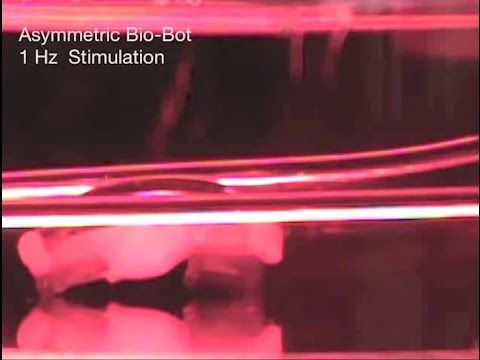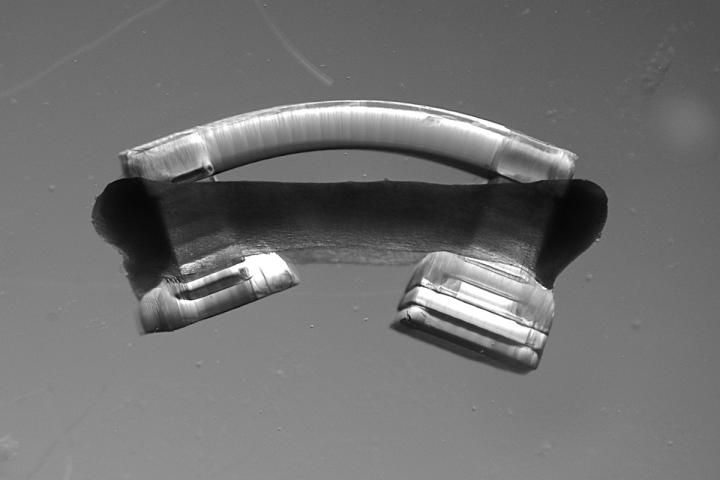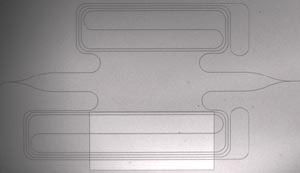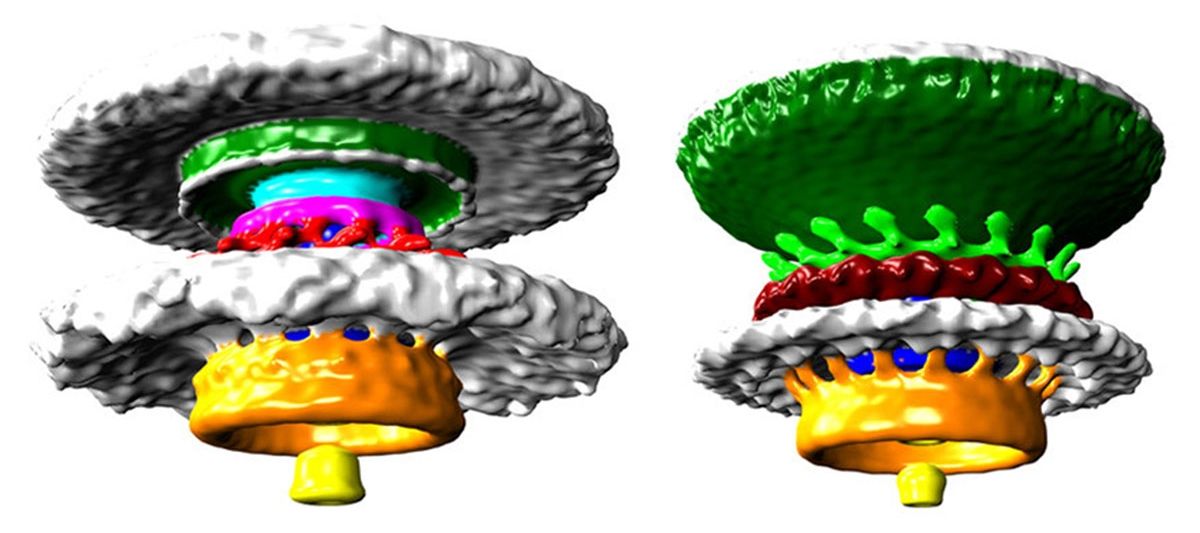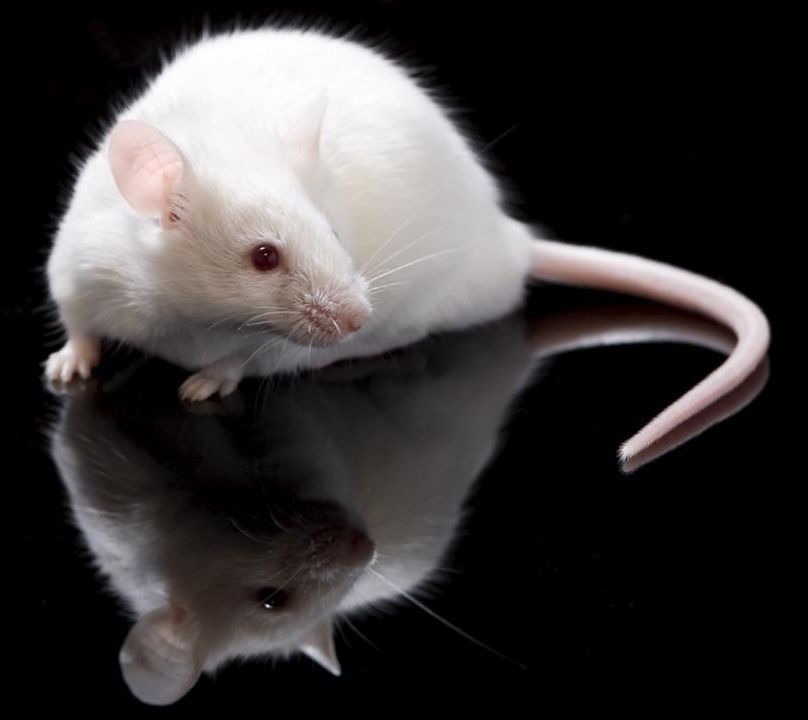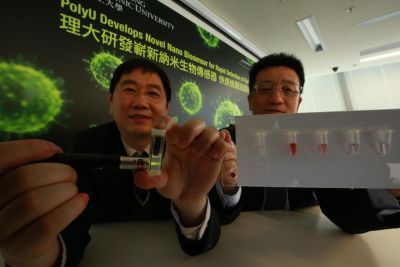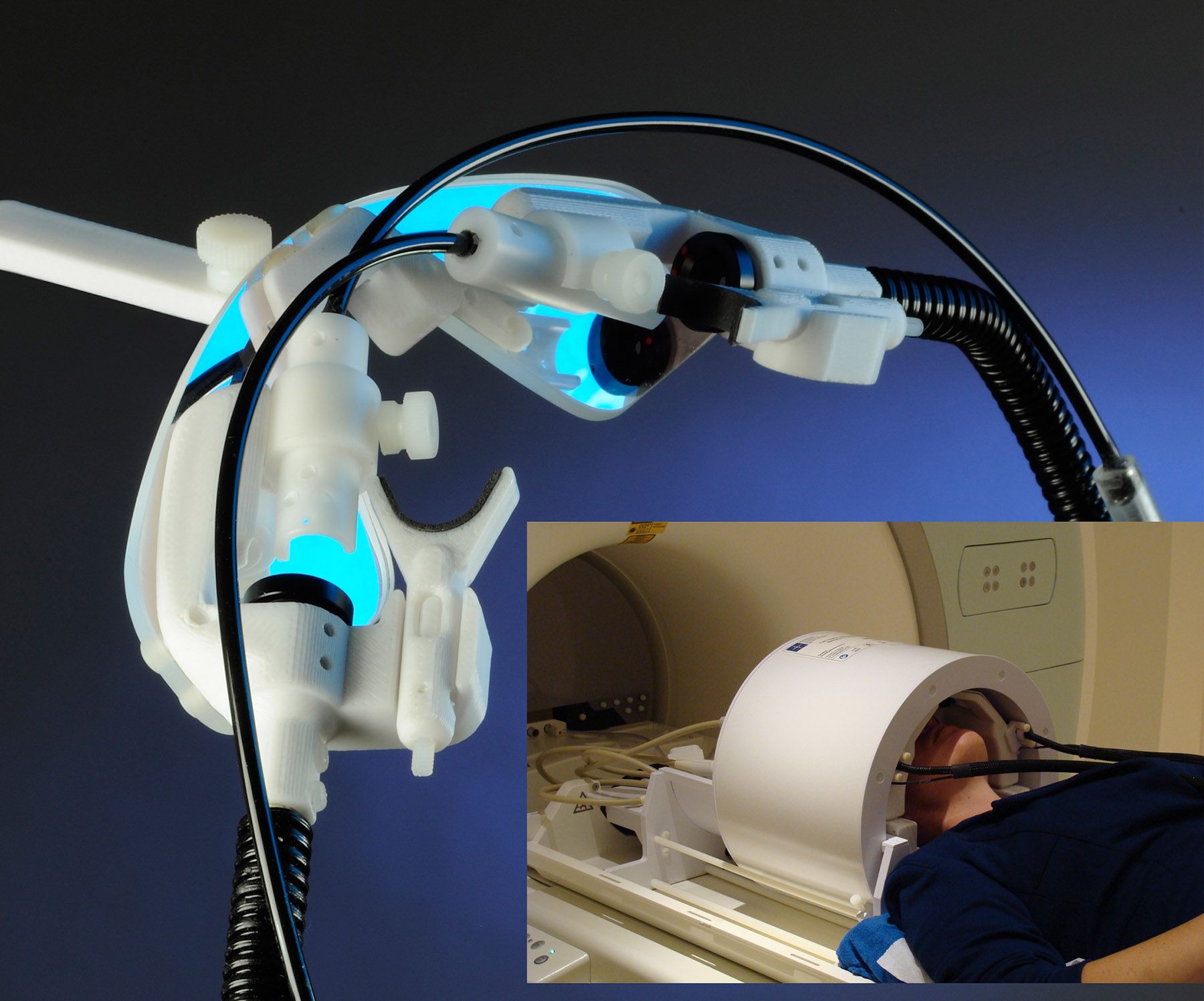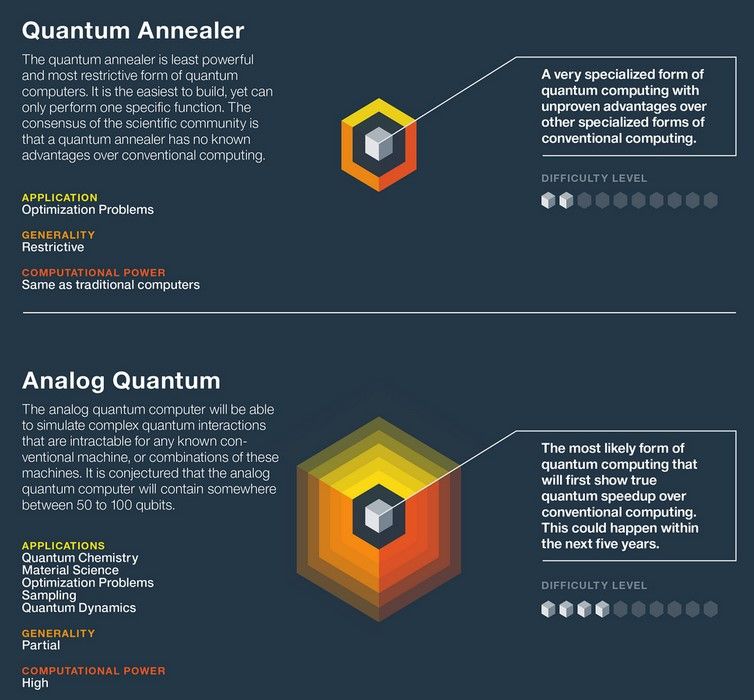Page 11621
Mar 14, 2016
Australian Scientist Develops Record-Breaking Security Enhancing Quantum Computing Chip
Posted by Karen Hurst in categories: computing, quantum physics, security
An international team of scientists has set a new record for the complexity possible on a quantum computing chip, bringing us one step closer to the ultra-secure telecommunications of the future.
Image: Shutterstock.
Mar 14, 2016
Light illuminates the way for bio-bots
Posted by Karen Hurst in categories: bioengineering, genetics, health, robotics/AI
CHAMPAIGN, Ill. — A new class of miniature biological robots, or bio-bots, has seen the light — and is following where the light shines.
The bio-bots are powered by muscle cells that have been genetically engineered to respond to light, giving researchers control over the bots’ motion, a key step toward their use in applications for health, sensing and the environment. Led by Rashid Bashir, the University of Illinois head of bioengineering, the researchers published their results in the Proceedings of the National Academy of Sciences.
“Light is a noninvasive way to control these machines,” Bashir said. “It gives us flexibility in the design and the motion. The bottom line of what we are trying to accomplish is the forward design of biological systems, and we think the light control is an important step toward that.”
Mar 14, 2016
‘Sweet’ quantum dots light the way for new HIV and Ebola treatment
Posted by Karen Hurst in categories: biotech/medical, quantum physics
A research team led by the University of Leeds has observed for the first time how HIV and Ebola viruses attach to cells to spread infection.
The findings, published today in the journal Angewandte Chemie (“Compact, Polyvalent Mannose Quantum Dots as Sensitive, Ratiometric FRET Probes for Multivalent Protein-Ligand Interactions”), offer a new way of treating such viruses: instead of destroying the pathogens, introduce a block on how they interact with cells.
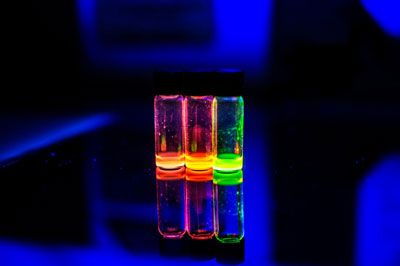
Continue reading “‘Sweet’ quantum dots light the way for new HIV and Ebola treatment” »
Mar 14, 2016
On-the-spot diagnosis of certain cancers with sensitive bionsensor
Posted by Karen Hurst in category: biotech/medical
For Gartner and their Emerging Tech graph; may wish to rethink the biosensor being over 10 years away.
MicroRNAs are a newly discovered class of short (about 19 to 24 nuclides in length) fragments of noncoding RNAs that are useful biomarkers for diagnosing various diseases, including cardiac disease and some cancers. Since they are surprisingly well preserved in fluids such as urine and blood, their detection is well suited to a rapid, point-of-care method.
Mi Kyoung Park at the A*STAR Institute of Microelectronics and her co-workers have devised a silicon photonic biosensor that can detect tiny changes in the phase of a light beam caused by hybridization between an immobilized DNA probe and target microRNAs in a sample.
Continue reading “On-the-spot diagnosis of certain cancers with sensitive bionsensor” »
Mar 14, 2016
High-power biological wheels and motors imaged for first time
Posted by Karen Hurst in categories: energy, nanotechnology
Behold – the only known example of a biological wheel. Loved by creationists, who falsely think they are examples of “intelligent design”, the bacterial flagellum is a long tail that is spun like a propeller by nano-sized protein motors.
Now these wheels and their gearing have been imaged in high resolution and three dimensions for the first time. Morgan Beeby and his colleagues at Imperial College London used an electron microscope to resolve the mechanisms that provide different amounts of torque to the motors.
The motors are diverse, coming in a wide variety of shapes, sizes and power outputs. Indeed, the diversity of the motors and the fact that they have evolved many times in different bacterial lineages, scuppers the creationist view that the machinery is “irreducibly complex”.
Continue reading “High-power biological wheels and motors imaged for first time” »
Mar 14, 2016
Nano-balls filled with poison wipe out metastatic cancer in mice
Posted by Karen Hurst in categories: biotech/medical, nanotechnology
Polymers laden with chemotherapy drugs assemble at tumor cells and slip past their defenses.
Mar 14, 2016
Newly developed optical biosensor can detect viruses quickly and cheaply
Posted by Karen Hurst in categories: biotech/medical, genetics
A team of researchers at The Hong Kong Polytechnic University (PolyU) has designed a biosensor that uses an optical method called upconversion luminescence resonance energy transfer (LRET) for virus detection within 2–3 hours. Its cost is around HK$20 ($2.50) per sample—about 80% lower than traditional testing methods—and can be used for detecting different types of viruses, shedding new light on the development of low-cost, rapid, and ultrasensitive detection of different viruses.
Related: Infectious disease control with portable CMOS-based diagnostics
Traditional biological methods for flu virus detection include genetic analysis—reverse transcription-polymerase chain reaction (RT-PCR) and enzyme-linked immunosorbent assay (ELISA) used in immunology. However, RT-PCR is expensive and time-consuming, while the sensitivity for ELISA is relatively low. Such limitations make them difficult for clinical use as a front-line and onsite diagnostic tool for virus detection.
Continue reading “Newly developed optical biosensor can detect viruses quickly and cheaply” »
Mar 14, 2016
PGO Provides Customized Optical Components For Avotec’s Real Eye Nano
Posted by Karen Hurst in categories: biotech/medical, materials
Good news for MRIs; maybe witht he precision we also may not have to do any repeat scans as well.
Precision Glass & Optics recently announced the customization of two thin film optical components for a high-field magnetic resonance imaging (MRI) accessory. They developed the dielectric cold mirror and cylindrical prism mirror for the Real Eye Nano; an advanced visual presentation and eye-tracking system constructed of glass and plastic with a reduced size for operation in confined MRI spaces.
Mar 14, 2016
Quantum Computers And Their Applications [INFOGRAPHIC]
Posted by Karen Hurst in categories: computing, particle physics, quantum physics, robotics/AI
Interesting position that IBM is taking with Quantum Computing. The one challenge that was highlighted in this article around unstable particles actually has been in the process of being resolved by Charles Marcus and colleagues at the University of Copenhagen’s Niels Bohr Institute; Univ. of Copenhagan’s report came out a few weeks ago and it may be a good thing for IBM to connect with the University so they can see how this was resolved.
Also, I don’t believe that we have 3 uniquely different platforms of Quantum as this article highlights. Trying to state that a D-Wave Quantum Computer is not a full Quantum platform or less of a Quantum Platform to is not a fair statement; and I encourage others to pull back from that perspective at this point until Quantum Computing is more evolved and standards around the platform is well defined and approved by industry. Also, the Gartner graph in this article is not one that I embraced given the work on Quantum is showing us the we’re less than 10 yrs away for it in the mainstream instead of Gartners graph showing us Quantum will require more than 10 years to hit the mainstream. And, I saw some of missed marks on Bio-sensors and BMI technology taking more than 10 years on the Gartner graph which is also incorrect since we hearing this week announcements of the new bio-chips which enables bio-sensors and BMIs are making some major steps forward with various devices and implants.
The 3 Types Of Quantum Computers And Their Applications by Jeff Desjardins, Visual Capitalist
Continue reading “Quantum Computers And Their Applications [INFOGRAPHIC]” »
